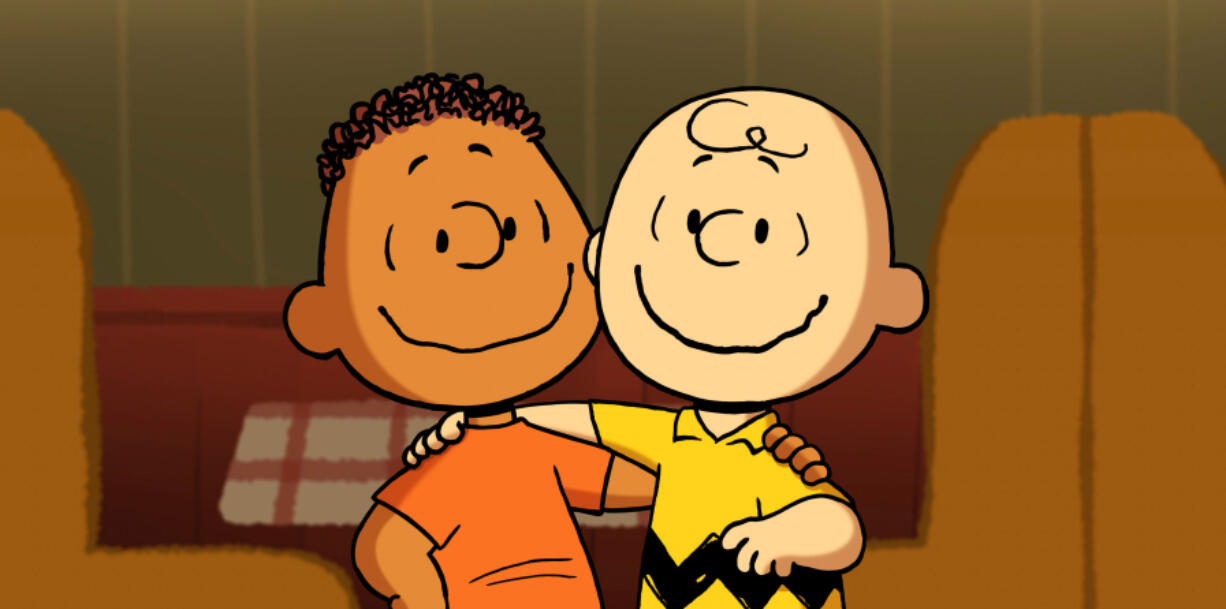More than 50 years after being introduced, the first Black “Peanuts” character will get his proper due in a new streaming special on Apple TV+.
Premiering Feb. 16, “Snoopy Presents: Welcome Home, Franklin” will explore the origin story of beloved character Franklin Armstrong, who was first introduced to prime-time viewers in 1973’s “A Charlie Brown Thanksgiving.”
While the cartoon’s inclusion of diversity was welcomed in the aftermath of the tumultuous civil rights movement, the show hit a sour note with viewers by segregating its only Black character from the rest of the Peanuts gang — having him seated by himself on a beach chair on the opposite side of the table, during what would’ve otherwise been a festive dinner scene.
But the recently released trailer for the upcoming special takes the racist undertones of yester-century head on with a plot twist. This time, when the Peanuts crew sits down for a similar group meal, there’s a seat at the table for Franklin.



